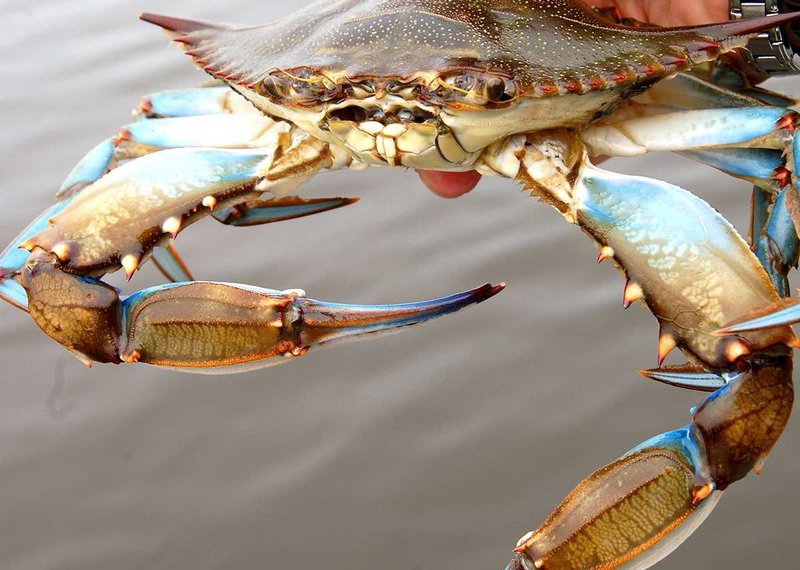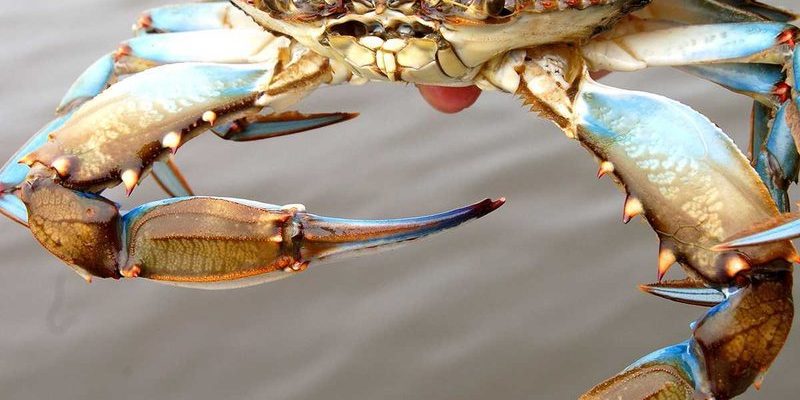
Now, you might know crabs as tasty seafood or see them occasionally in aquariums, but there’s so much more to these crustaceans. Let’s dive into the underwater world of crabs and explore ten cool things about them. Whether you’re a marine biology enthusiast or just curious about nature, I promise you’ll learn something new today!
1. Crabs Come in Many Shapes and Sizes
You might picture crabs as the little guys you see at the beach, but they actually come in a wide variety of shapes and sizes. Some crabs are tiny—like the pea crab, which can fit inside the shell of an oyster! Others can grow to impressive sizes, such as the Japanese spider crab, which can have a leg span of up to 12 feet!
These size differences aren’t just for show. Each type of crab has adapted to its environment in unique ways. Smaller crabs, like the hermit crab, often seek shelter in discarded shells, while larger crabs might rely on their size and strength to ward off predators. Isn’t it fascinating how evolution shapes these creatures?
2. Crabs Have Exoskeletons
Here’s something not everyone knows: crabs have exoskeletons, which means their skeletons are on the outside of their bodies, unlike ours, which are hidden inside. This hard shell—also known as a carapace—provides protection from predators and the harsh environment of the ocean.
But there’s more to this tough outer layer than just defense. Crabs must periodically shed their exoskeletons in a process called molting. Imagine taking off a snug winter coat to fit into a new one! When they molt, they are temporarily vulnerable, but afterward, they can grow larger and stronger. The new exoskeleton hardens over time, allowing them to thrive in their underwater habitats.
3. Crabs Are Masters of Camouflage
If you’ve ever played hide and seek, you’ll understand the importance of blending in. Crabs are experts at camouflage, using their environment to stay safe from predators. For instance, some crabs can change color to match their surroundings, making them nearly invisible on the ocean floor.
Take the decorator crab, for example. This crafty crustacean decorates its shell with bits of seaweed, coral, and other materials to become part of the scenery. It’s like a natural disguise that keeps them hidden from hungry eyes. Camouflage isn’t just cool; it’s a survival strategy that showcases the cleverness of these creatures.
4. They Communicate in Unique Ways
You might think that crabs don’t have much to say, but they actually have fascinating ways of communicating. Instead of vocal sounds, crabs use body language and pheromones. For instance, some crabs will wave their claws to signal to others, especially during mating season.
Imagine a crab waving its claws like a toddler with a teddy bear—it’s pretty adorable! The different movements can convey various messages, like “Stay away!” or “I’m ready to mate!” Their ability to communicate helps them navigate their social lives under the sea, even without words.
5. Crabs Have a Unique Diet
Crabs are omnivores, meaning they eat both plants and animals. This flexibility in their diet allows them to thrive in different environments. You might find them munching on algae, plankton, or even small fish. Some crabs, like the infamous blue crab, are known for their love of clams and oysters.
What’s interesting is how crabs contribute to the ecosystem. By scavenging, they help keep the ocean clean, eating decaying matter that might otherwise pollute their habitats. Think of them as nature’s little recyclers—doing their part to keep the underwater world healthy!
6. Crabs Have a Long History
Crabs have been around for a long time—over 200 million years, in fact! Fossils show that early crabs were quite different from the ones we see today, but they’ve adapted and survived through major changes in the planet’s environment.
This long history gives us insight into the resilience of life on Earth. It’s remarkable to think that crabs have witnessed the rise and fall of dinosaurs, ice ages, and even the shifting of continents. Each variation over time is a testament to their strength and adaptability.
7. Some Crabs Can Live for Decades
You might be surprised to learn that some crab species have quite long lifespans. For instance, the green crab can live up to 30 years! That’s a long time in the crab world, where many are prey to larger animals.
Their longevity depends on their environment and how well they can avoid predators. The longer they live, the more likely they are to reproduce and contribute to their populations. Imagine being a crab and knowing you could be around for decades, navigating the ocean’s wonders!
8. Crabs Are Important to Human Culture
Crabs play a significant role in human culture, too! From delicious seafood dishes to symbolizing good luck in various cultures, these creatures have an interesting impact on our lives.
In many coastal communities, crabbing is a cherished tradition, often passed down through generations. Festivals celebrating crabs, where people gather to enjoy crab dishes, are popular in many places. Whether it’s a simple crab boil or a fancy crab feast, these events bring people together and highlight the cultural significance of crabs.
9. Some Crabs Can Regenerate Lost Limbs
Imagine losing a finger and being able to grow it back. Sounds like something out of a superhero movie, right? Well, crabs can do something similar! If they lose a leg or claw, they can regenerate it over time.
This regeneration process isn’t instant; it takes several molts to fully regrow a limb. But it’s a remarkable adaptation that helps them survive in the wild, where losing a limb can happen during battles or escapes from predators. It’s just one more reason why crabs are such resilient creatures.
10. They Form Complex Social Structures
Crabs aren’t just solitary creatures. Some species, like the fiddler crab, live in large colonies where they establish social structures. These colonies have a hierarchy, with dominant males displaying their impressive claws to attract females.
Living in groups has its advantages. It provides safety in numbers, increases reproductive chances, and helps them share resources. Each crab plays a role in the community, demonstrating that even in the animal kingdom, teamwork can make a difference.
In conclusion, crabs are much more than simple beach-dwellers; they are incredible, complex creatures that deserve our admiration. From their unique adaptations to their important roles in ecosystems and human culture, crabs are truly fascinating. So, the next time you see a crab, take a moment to appreciate the amazing world behind those little shells!

